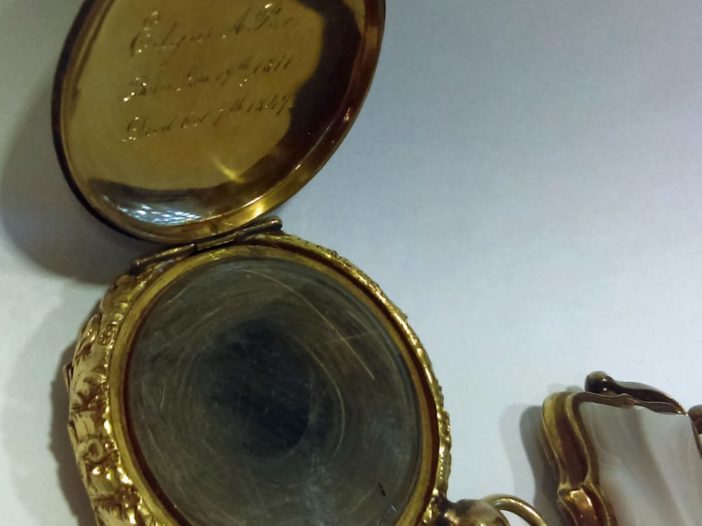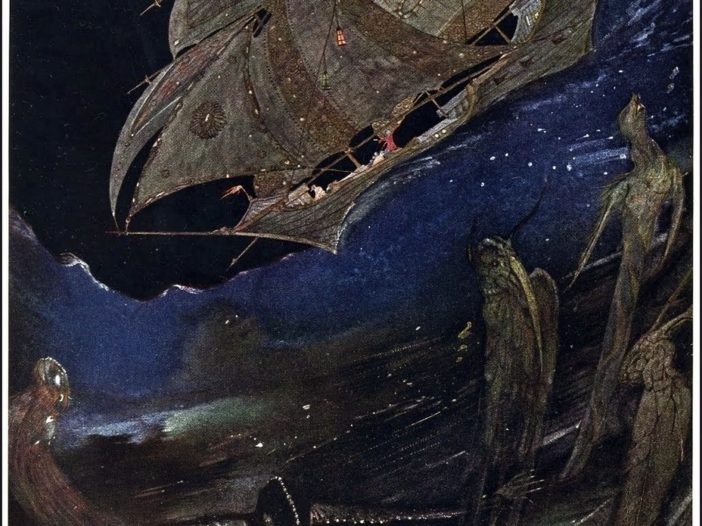From June 22 until September 17, 2017, the Edgar Allan Poe Museum in Richmond, Virginia will feature Investigating History: Testing Edgar Allan Poe’s Hair, a groundbreaking new exhibit examining the latest scientific testing of the nineteenth century author Edgar Allan Poe’s hair by University of Virginia scientist Stephen Macko. These tests provide valuable clues to the mystery surrounding Poe’s final days and sudden, unexplained death at the age of forty. The exhibit brings together more samples of Poe’s hair than have been seen in the same place since they were still on Poe’s head back in ...
The Poe Museum Blog
Poe’s First Published Story about a Shipwreck Foreshadows Eureka: A Prose Poem (Part I of II)
By Murray Ellison
Poe’s first important tale, “MS. Found in a Bottle,” (1833) won the Baltimore Visiter’s first prize for fiction. Poe scholar, Thomas Mabbott calls it a “masterpiece,” contending that “winning the contest set the author on the way to lasting fame” (Tales and Sketches 131). The Visiter wrote that “Poe’s tales are eminently distinguished by a wild, vigorous and poetical imagination, a rich style and a various and curious learning” (Thomas and Jackson 137). “MS.” reveals Poe’s interest in a broad range of science-related topics, including secret writing, conundrums, ...
Sonnet-to Science: Poe’s Early Ambivalence About 19th-Century Technologies
By the time that Poe started writing professionally, the Industrial Revolution had already introduced many dramatic advancements that affected the lifestyles and culture of the nineteenth-century public. For example, the literacy rate had steadily increased in the United States, and many people were able to understand most articles written in the newspaper. They could also travel to many distant parts of the country by rail and communicate to almost anyone almost instantly via the telegraph. Through the development of the Daguerreotype (an early prototype of photography), family members could ...
Poe Museum Announces Loser of Its Latest Poll
The votes are in, and the loser is…Daniel Payne.
During the Poe Museum’s recent exhibit CSI: Poe, we asked our guests to help solve the murder of Mary Rogers. Back in 1841, the case stumped the authorities, so Edgar Allan Poe tried his hand at solving it. Here is a little background on the case:
The Victim
Mary Cecelia Rogers
(1820-1841)
The lovely Mary Rogers made waves in New York when she took a job in Anderson’s Cigar Emporium. At a time when proper ladies did not work in public, Rogers became a public figure renowned for her beauty, and men from across the city came to visit ...


